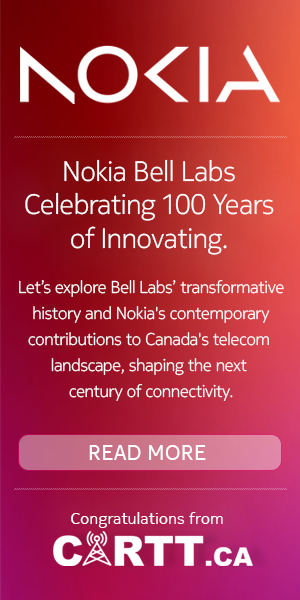STRATFORD, Ont. – Um, in case anyone out there thought working in media was going to get less bewildering, to paraphrase Dr. David Jacobson: “You ain’t seen nuthin’ yet.”
You think you’re pretty cool sipping your latte and watching the latest YouTube clip on your laptop or iPhone using the best Wi-Fi connection you can find, or trying to mess around with a spreadsheet on your Blackberry using some expensive mobile minutes? Nice. But that’s like, so 2008.
“We are at the end of the beginning of mobile ubiquity… the end of an era and the beginning of a new one – the digital media era – and we’re being able to use it with handheld devices,” Jacobson told delegates at the first Canada 3.0 forum, held this week in Stratford, Ont.
Hosted by the University of Waterloo’s Stratford Institute (a new think tank/campus dedicated to training the next generation of kids for careers in digital media – and backed by $10 million from Open Text), Canada 3.0 offered various sessions, from human resources challenges to infrastructure building, regulation to emerging technology.
We picked the mobile media stream on Monday to listen to Jacobson, a futurist and director – emerging technologies in advisory services, PricewaterhouseCoopers, Toronto. He’s also a Harvard prof and focuses on digital media and wireless mobility.
He’s convinced a sea change in human behaviour is under way and while engineers may talk about ubiquitous IP (meaning everything that draws electricity will have an IP address), that will enable ubiquitous participation, or UP.
“The future in business and society is UP,” he said.
Social networking and collaboration will become the norm, everything will be open source, “search” will be replaced with “discovery”, geographical and time boundaries will fall away, management structures will get flatter and new business opportunities will emerge.
And the kids coming out of a place like Waterloo’s Stratford Institute will emerge like no other young workers have before. “They will be expecting more than just an ordinary business,” he said. They will demand UP. “There will be greater demands on (executives) for innovative leadership,” added the good doctor.
And driving much of this change will be wireless broadband, led by the 4G LTE technical standard – which will begin to be deployed as early as the beginning of 2010, said Jacobson.
The hand-held mobile device is no longer a curiosity, or just for business. “It’s an intimate device. People cradle it in their hands,” he noted. “It’s become a part of contemporary life.”
Jacobson noted, for example, a potential game-changer as the Texas Instrument-powered Samsung W700, a smart phone with a built-in projector.
Traditional media companies are trying to take better advantage of existing technology and the upcoming LTE-driven bandwidth expansion, experimenting with bar codes in magazine ads, for example. The companies would urge readers to take a photo of the code with their cell phone, which would trigger the phone to deliver a branded portal to the user, encouraging the viewer to buy, perhaps with a special discount.
Jacobson also showed an MIT experiment, too, dubbed the Sixth Sense. The subject in the experiment had a camera phone and a micro-projector around their neck and a newspaper in their hands. The camera shot the newspaper and the smart phone searched the web for an update of the story the camera “read”, projecting it onto the paper for the user to watch, in either video or text.
And search is about to change, too, said Jacobson. As it currently works, search on Google or Yahoo! or Microsoft’s new Bing works fantastically – as long as you know what you’re looking for. But the best companies will pull their potential customers’ intentions out on the web, allowing those users to discover that which they want or need, but weren’t necessarily looking for.
Using social networking or other collaborative systems, said Jacobson, users get to trust and then their intentions can be divined. Companies need to seek a return on intention. That is, to capture the intention of a person’s desire to purchase something,” he explained.
“And if you can link a product to human emotions, you can capture their intention.”



